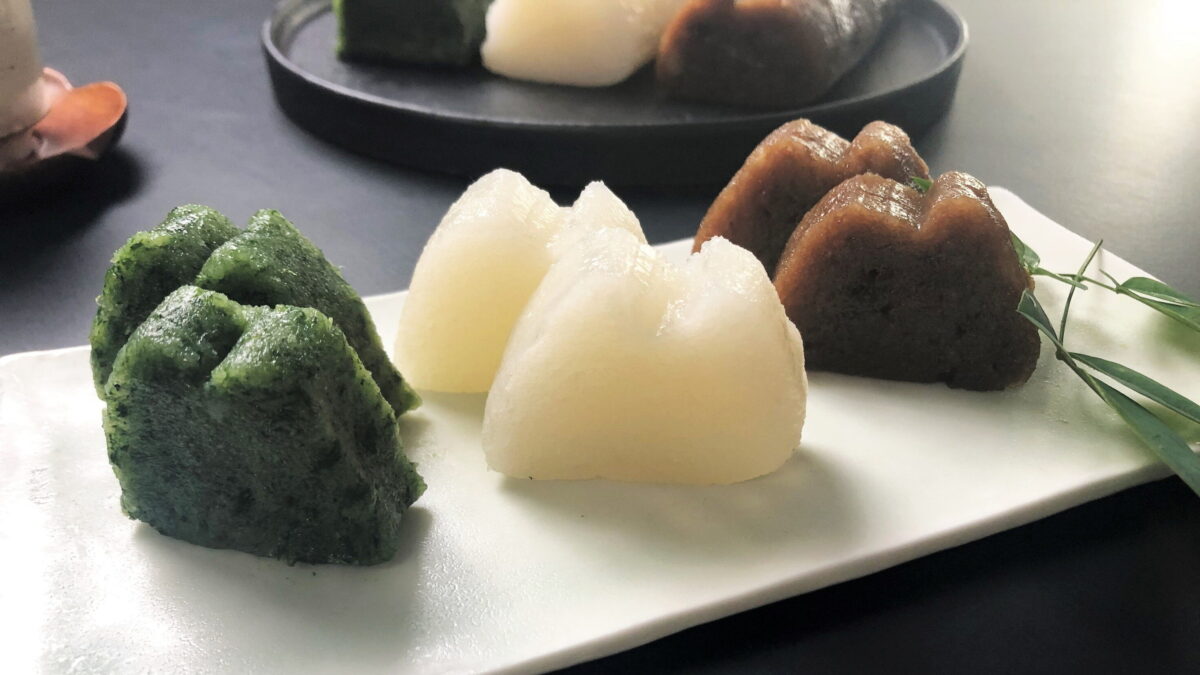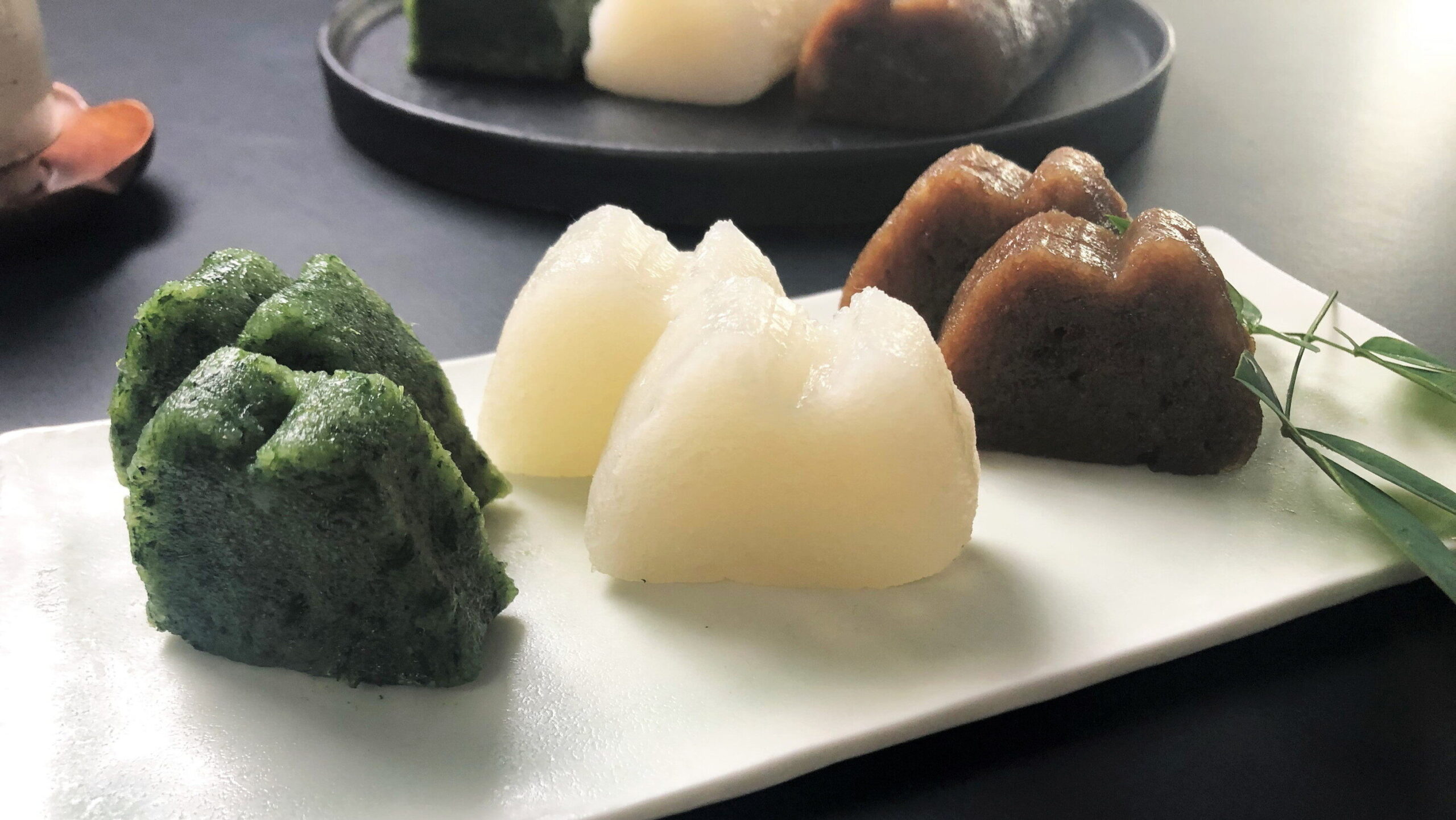
Alright, let’s talk about a unique sweet treat from the Tono region of Gifu Prefecture: “Karasumi.” Now, hold on, this isn’t the “karasumi” you might be thinking of – the dried mullet roe. This is a traditional Japanese sweet made from steamed rice flour. It’s got an interesting shape and a cool backstory, so let’s get into it!
Dish Name: Karasumi
- Region / Location: Tono region of Gifu Prefecture
- Primary Area of Tradition: Tono region
- Main Ingredients: Rice flour, sugar
How It’s Eaten / Served
Karasumi is made by kneading sugar into rice flour, shaping it into a stick, placing it in a special wooden mold, removing the mold, and steaming it for about 15 to 30 minutes. The standard version is white, but there are variations. Some use brown sugar instead of white sugar, and others knead ingredients like mugwort, walnuts, sesame seeds, or azuki beans into the dough.
Cultural Background and Preservation
It’s said that “Karasumi” began to be made in the Tono region around the end of the Edo period for the Peach Festival (Girl’s Day). Unlike the famous “karasumi,” which is a delicacy made from salted and dried mullet roe, this “karasumi” is a steamed Japanese sweet made from kneaded rice flour. A key characteristic is its shape: the cross-section has a mountain-like form. It generally has two peaks, but sometimes it has three. The mountain shape is said to have been modeled after Mount Fuji, with the wish that one’s child would “become the happiest person in Japan.”
There are several theories about the origin of the name. One theory is that because the high-end delicacy “karasumi” was rare in this landlocked region, this sweet, which resembled its shape, was used as a substitute, hence the name. Another theory is that it resembles an inkstick (called “karasumi”) that was a combination of paperweight and inkstone from the Tang Dynasty in China.
In the Tono region, it’s enjoyed as an offering for the Peach Festival and as an everyday sweet. “Gandouchi” is an unusual event held in some parts of the region during the Doll Festival. Children go around to houses in the neighborhood saying, “Let us see your dolls,” and they receive sweets at each house. In the past, “karasumi” was given to the children during this “Gandouchi.” Today, you can buy it year-round at farmers’ markets, roadside stations, and online stores in the Tono region.
In Ena City, they are working to preserve the tradition by introducing the cooking process in videos online. It’s also featured in school lunches at elementary schools in the city as part of local production for local consumption and local cuisine education.
Additional information:
- Karasumi (からすみ): Generally refers to a delicacy made from salted and dried mullet roe, but in this case, it’s a traditional Japanese sweet.
- Tono (東濃): The eastern part of Gifu Prefecture.
- Peach Festival (桃の節句): Also known as Girl’s Day or Doll Festival, celebrated on March 3rd in Japan.
- Gandouchi (がんどうち): A local event in the Tono region where children visit homes to see dolls displayed for the Peach Festival and receive sweets.
- Azuki (小豆): Small red beans commonly used in Japanese sweets.
- Mugwort (蓬): A type of herb used for flavoring.
The information about regional cuisine featured on this website (Piggy's Grandma of Japan) is summarized and adapted from the Ministry of Agriculture, Forestry and Fisheries of Japan (MAFF) website, "Our Regional Cuisines"Additional commentary is provided based on the unique experiences and perspectives of the site's editors.
The copyright for the original content regarding regional cuisine belongs to the Ministry of Agriculture, Forestry and Fisheries of Japan.
The summaries and adaptations published on this site are intended for informational purposes only. Piggy's Grandma of Japan does not guarantee the accuracy or completeness of this information. For the most accurate and complete details, please refer to the original pages on the MAFF website.


